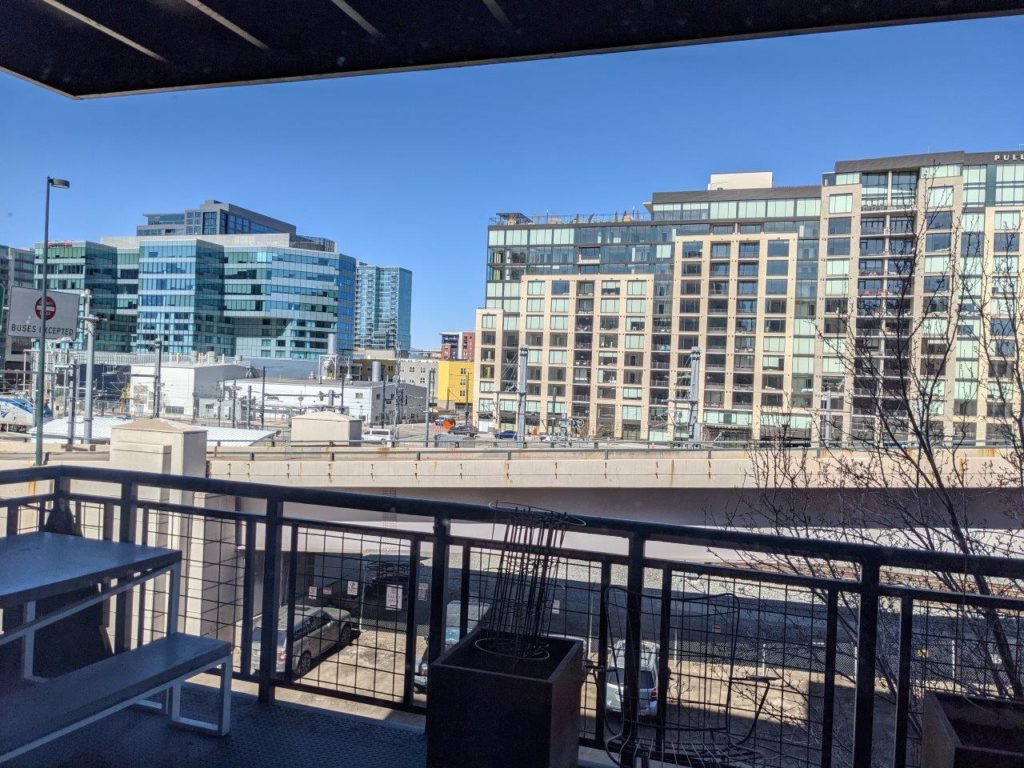 ATTOM, curator of the nation’s premier property database, today released its fourth-quarter 2021 Special Coronavirus Report spotlighting county-level housing markets around the United States that are more or less vulnerable to damage from the ongoing Coronavirus pandemic still endangering the U.S. economy. How does Denver and Colorado rank?
ATTOM, curator of the nation’s premier property database, today released its fourth-quarter 2021 Special Coronavirus Report spotlighting county-level housing markets around the United States that are more or less vulnerable to damage from the ongoing Coronavirus pandemic still endangering the U.S. economy. How does Denver and Colorado rank?
How did Attom rank communities to determine “risk”?
Markets were considered more or less at risk based on the percentage of homes facing possible foreclosure, the portion with mortgage balances that exceeded estimated property values and the percentage of average local wages required to pay for major home ownership expenses on median-priced single-family homes. The conclusions were drawn from an analysis of the most recent home affordability, equity and foreclosure reports prepared by ATTOM. Rankings were based on a combination of those three categories in 575 counties around the United States with sufficient data to analyze in the third and fourth quarters of 2021. Counties were ranked in each category, from lowest to highest, with the overall conclusion based on a combination of the three ranks.
What were the most risky markets?
The fourth-quarter trends, which generally continued patterns from throughout the past year, revealed that New Jersey, Illinois and California had 31 of the 50 counties most vulnerable to the potential economic impact of the pandemic. The 50 most at-risk included eight counties in the Chicago metropolitan area, eight near New York City and seven sprinkled through northern, central and southern California.
Elsewhere, the rest of the top 50 counties were scattered mainly along the East Coast, including two of Delaware’s three counties and three counties in the Philadelphia, PA, metropolitan area.
What were the least risky markets for real estate?
Outside of California, no other western counties made it into the top 50 during the fourth quarter of last year. On the contrary, the West region again had the highest concentration of markets considered least vulnerable to pandemic-related damage.
Forty-two of the 50 counties least vulnerable to pandemic-related problems from among the 575 included in the fourth-quarter report were in the South, Midwest and West. Just eight were in the Northeast.
Oregon had eight of the 50 least at-risk counties, including three in the Portland metropolitan area (Multnomah, Washington and Yamhill counties), while Washington had four, including King County (Seattle) and Spokane County. Colorado had three, including two in the Denver metropolitan areas (Denver and Arapahoe counties). Also on the list of least-vulnerable counties were Blount and Knox counties in the Knoxville, TN, metro area; Erie and Niagara counties in the Buffalo, NY, metro area and Kent and Ottawa counties in the Grand Rapids, MI, area.
Why is Denver considered one of the least risky real estate markets?
As I saw in the last recession. The number one indicator of foreclosure risk/loss is equity. With Denver house prices continuing to accelerate there are very few (if any) properties underwater. This means that the mortgage on the property is for less than the property is worth. With property owners having so much equity due to appreciation, the default risk is substantially lower than other markets.
Will Denver continue to be a “less risky” real estate market in 2022?
I don’t see any major changes this year in the Denver metropolitan area. Inventory continues to remain at historic lows while net in migration/demand continues as migration from higher cost markets continues. Furthermore, build costs continue to rise and there is little property remaining for large scale development in the metro area. This should keep values steady throughout 2022 and the riskiness of Denver should remain considerably lower than other markets.
Summary
The Attom report highlighted the strength of Denver and the Western markets compared to the coastal markets. As migration/demand has accelerated in the mountain west, real estate has in turn increased. This large jump in appreciation should insulate markets like Denver when the next downturn occurs as there are less property owners vulnerable to foreclosure. Look for this trend to continue into 2022 as demand remains high and supply continues to be constrained.
Additional Reading/Resources:
- Housing Markets At Risk From Pandemic Downturns | ATTOM (attomdata.com)
- https://www.bloomberg.com/news/articles/2022-01-20/housing-market-risks-in-u-s-are-clustered-around-nyc-chicago?srnd=premium
We are a Colorado Private/ Hard Money Lender funding in cash!
If you were forwarded this message, please subscribe to our newsletter
I need your help! Do not worry, I’m not asking you to wire money to your long-lost cousin that is going to give you a million dollars if you just send them your bank account! I do need your help though, please like and share our articles on linked in, twitter, facebook, and other social media. I would greatly appreciate it.
Written by Glen Weinberg, Owner Fairview Commercial Lending. Glen has been published as an expert in hard money lending, real estate valuation, financing, and various other real estate topics in Bloomberg, Businessweek ,the Colorado Real Estate Journal, National Association of Realtors Magazine, The Real Deal real estate news, the CO Biz Magazine, The Denver Post, The Scotsman mortgage broker guide, Mortgage Professional America and various other national publications.
Fairview is the recognized leader in Colorado Hard Money and Colorado private lending focusing on residential investment properties and commercial properties both in Denver and throughout the state. We are the Colorado experts having closed thousands of loans throughout the state.
When you call you will speak directly to the decision makers and get an honest answer quickly. They are recognized in the industry as the leader in hard money lending with no upfront fees or any other games. Learn more about Hard Money Lending through our free Hard Money Guide. To get started on a loan all we need is our simple one page application (no upfront fees or other games)